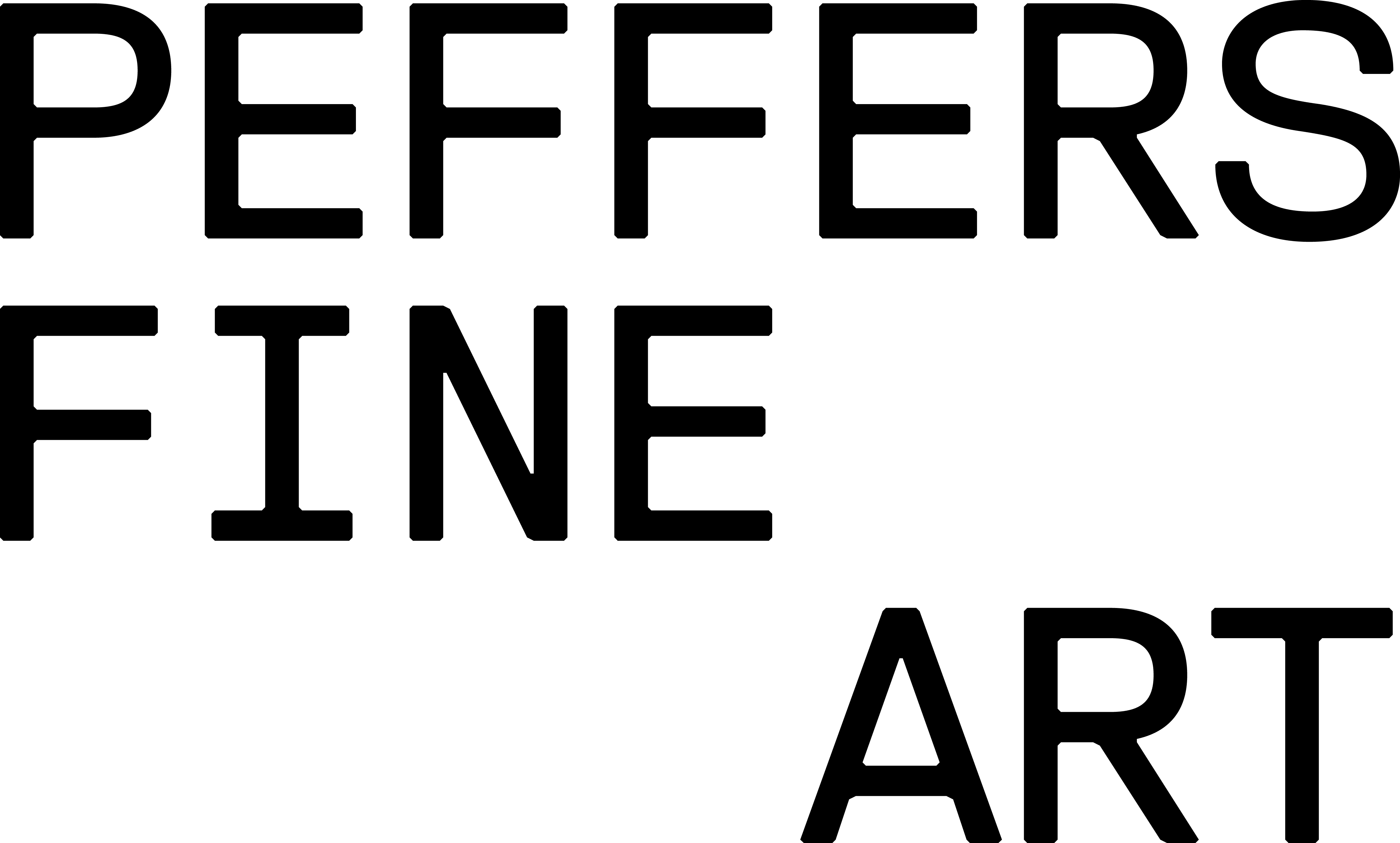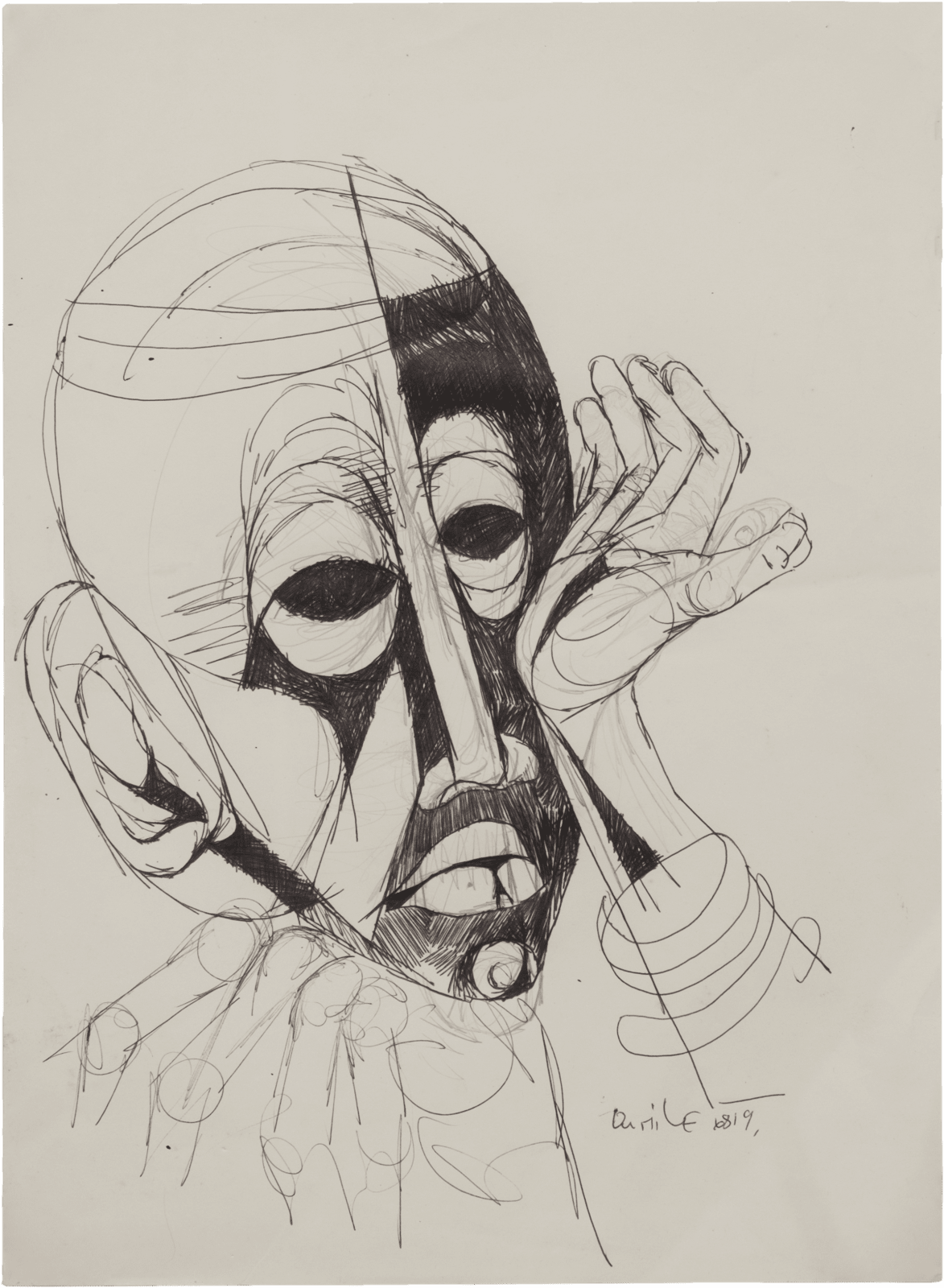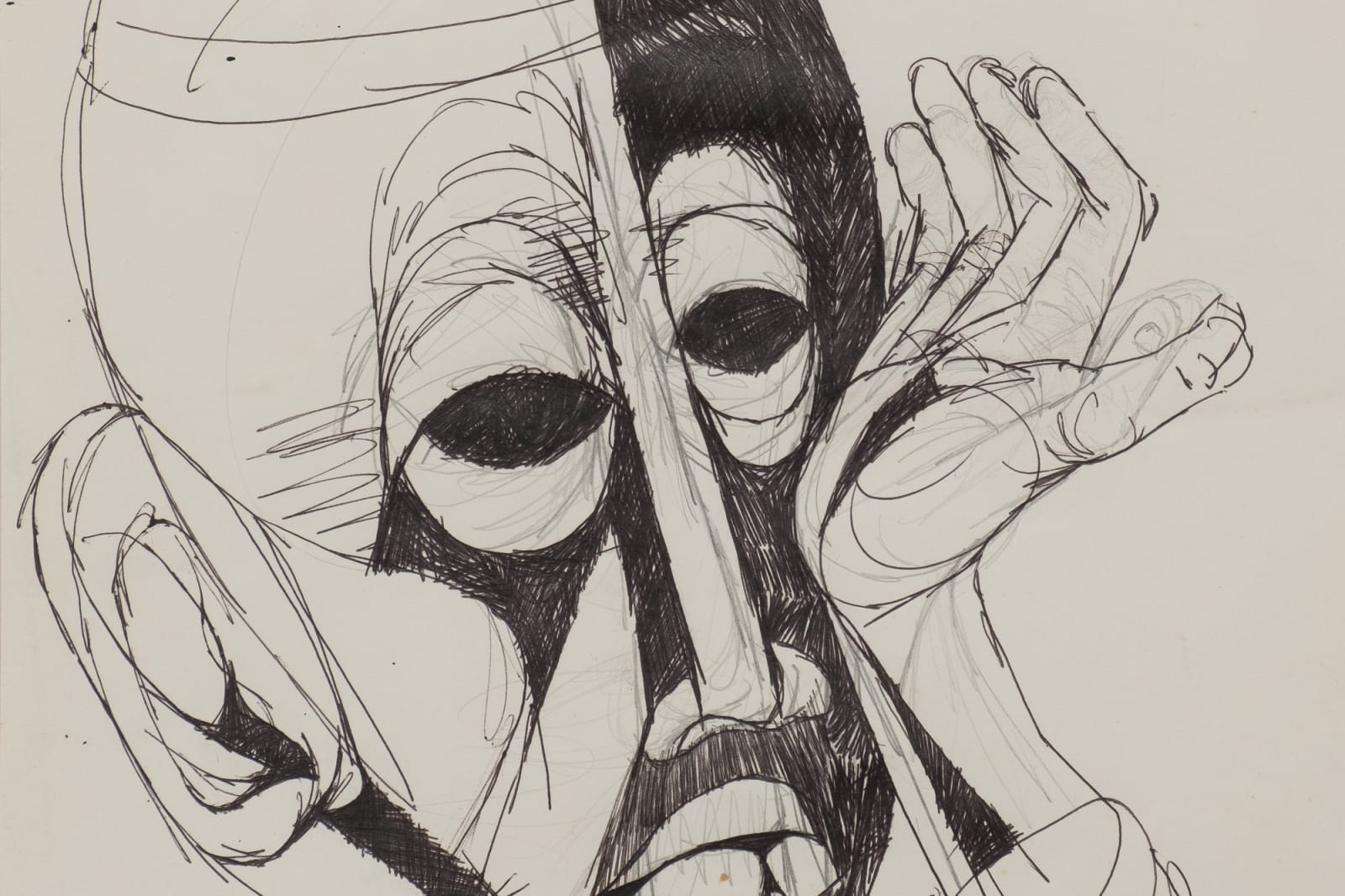Dumile Feni South African, 1939/42-1991
Further images
In 1942, Docrat became the secretary of the Liberal Study Group and the Natal Indian Association. He was a prominent activist of the time and a key figure among the "young Turks," a group that ousted the “accommodationist” A.I. Kajee faction from the leadership of the Natal Indian Congress (NIC). The young Turks worked to build alliances with the progressive, left-wing members of the Natal African National Congress (ANC).
Docrat played a central role in organising the 1946 Passive Resistance Campaign, during which his wife also participated. She endured a severe assault by white vigilantes and served a prison sentence for her involvement. Docrat himself was listed under the Suppression of Communism Act as a member of the Communist Party of South Africa (CPSA).
He was also one of the Natal organisers of the Freedom Charter campaign and, in 1955, served as a delegate to the Congress of the People in Kliptown. During the 1960 State of Emergency, he was among 70 Natal leaders detained and was a key organizer of the All-In Conference held in Pietermaritzburg.
Despite being banned, Docrat remained a steadfast figure who inspired a generation of political activists. He established study groups and underground structures, whose members played pivotal roles in trade unions, as well as youth and women’s organisations. He also provided support to the families of those who were banned or imprisoned.
Docrat earned his livelihood by buying and selling books, amassing one of Durban’s most extensive collections of press cuttings and books.
He passed away on 15 February 2003 in Durban.
Provenance
Acquired directly from the artist.Private collection, Cape Town.
Exhibitions
Johannesburg Art Gallery, Johannesburg, Dumile Feni Retrospective, 31 January - 19 April 2005.Literature
Dube, P.M., (2006). Dumile Feni Retrospective. Johannesburg: Johannesburg Art Gallery. Illustrated in colour on page 62.Dube, P.M., (2010). Dumile Feni: The Story of a Great Artist. Johannesburg: Mutloatse Arts Heritage Trust. Illustrated in colour on page 20.









